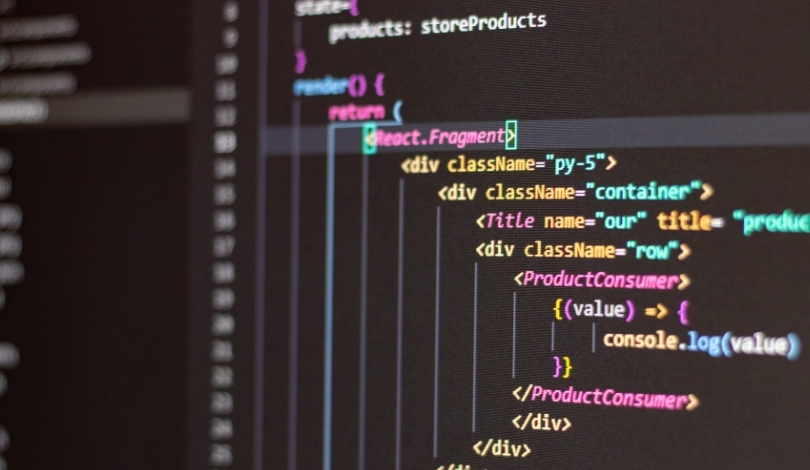An online portal used by political candidates in Arizona was recently compromised, leading to the replacement of multiple candidate photos with images of the late Iranian Ayatollah Ruhollah Khomeini. The incident, detected on June 23, raised immediate alarms among state officials, prompting rapid containment measures. These events come at a time of heightened tension and political scrutiny, and some experts note that public trust in key institutions has already been shaken by similar cybersecurity incidents nationwide.
Incidents involving government platforms, including prior attempts targeting election-related infrastructure, have historically fueled debates over federal-state cooperation on cybersecurity. Previous reports following breaches in various states have shown fluctuating satisfaction with federal assistance, particularly regarding the Cybersecurity and Infrastructure Security Agency’s (CISA) performance. Complaints about limited resources and slow response times from CISA are not unprecedented, though some earlier cases resulted in closer collaboration between federal and state entities, unlike the current climate in Arizona.
How Did the Portal Hack Unfold?
The Arizona Secretary of State’s office became aware of the breach after a user noticed an unfamiliar image on the candidate portal. Subsequently, it was confirmed that numerous candidate profiles, not restricted to the current election cycle, were defaced in a similar manner. Technical analysis suggested attackers exploited the portal to upload a Base64-encoded PowerShell script, potentially enabling them to gain control over the server. Officials highlighted that the targeted application is a legacy system permitting public uploads, which remains less secure than other segmented systems such as the statewide voter registration database.
What Are the Implications for Election Security Coordination?
The event exposed underlying tension between Arizona officials and federal entities responsible for electoral cybersecurity. Adrian Fontes, Arizona’s Secretary of State, criticized what he described as a weakened and politicized response from CISA under the Trump administration, stating,
“Given their recent conduct, and broader trends at the federal level, we’ve lost confidence in [CISA’s] capacity to collaborate in good faith or to prioritize national security over political theater.”
Despite attempts to coordinate with the Department of Homeland Security and the FBI, state leaders report decreased federal engagement, leading them to rely more on internal resources for incident response.
Who Might Be Behind the Attack and What Motivated It?
Though definitive attribution remains undetermined, the nature and timing of the attack suggest links to pro-Iranian interests. The hack occurred shortly after U.S. strikes on Iranian targets, and the defaced postings referenced retaliation against American actions. Incident responders have not detected attempts to access confidential voter information or systems outside the affected candidate portal, and the investigation remains ongoing as officials monitor for further threats.
Reports of reduced CISA effectiveness extend beyond Arizona, as similar concerns have been voiced by other states and cybersecurity professionals. Turnover, decreased funding, and policy shifts under the current administration have reportedly limited CISA’s role in proactive incident coordination. These criticisms follow broader debates on federal responsibility in supporting state and local governments during cybersecurity emergencies, especially as digital election infrastructure becomes increasingly vital.
Awareness of the need for secure digital infrastructure in U.S. elections continues to prompt nationwide discussion. Relying exclusively on aging systems that invite public interaction can introduce significant vulnerabilities, reinforcing the necessity of regular upgrades and coordinated threat intelligence sharing. Readers and election administrators alike benefit from understanding both the technical causes of such incidents and the broader institutional dynamics that shape their response. Proactive measures, clear intergovernmental partnerships, and ongoing investments in technical capacity remain essential as threats evolve.
- Arizona’s candidate portal was hacked, replacing photos with images of Khomeini.
- Officials criticize CISA for diminished election security support and coordination.
- Technical vulnerabilities in aging systems enabled the cyberattack and defacement.










